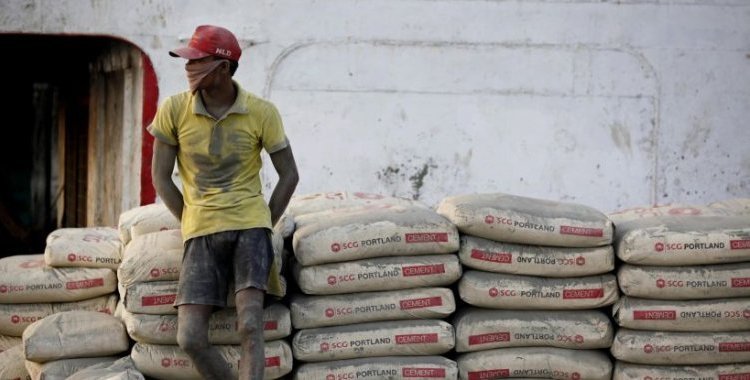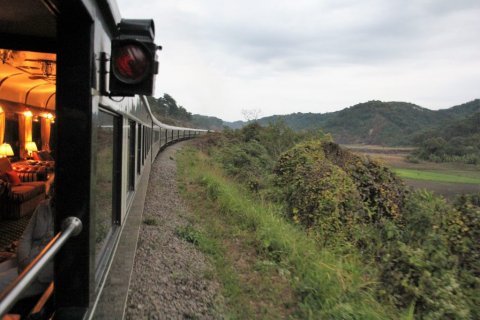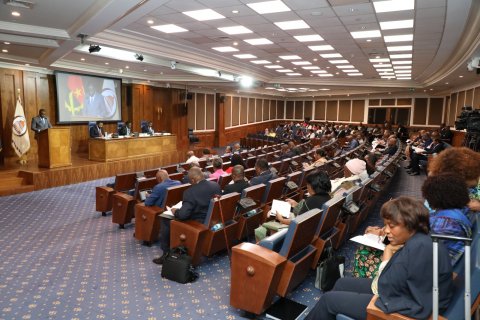The information was provided by the Minister of Economy and Planning, Mário João, who indicated that from 2020 to 2021 the value of exports increased substantially: "We had a substantial increase from 2020 to 2021, around 60 percent".
Speaking at the 'CaféCIPRA' debate cycle – an initiative of the Press Center of the Presidency of the Republic – the official indicated that among the most exported products, "cement, beverages, diapers, the most diverse paper derivatives as well as other fruits and juices, alcoholic and non-alcoholic beverages".
In the list of countries that purchased 'made in Angola' products, Congo Brazzaville, the Democratic Republic of Congo and Cameroon stand out.
"Our main external partner for Prodesi products has been Congo Brazzaville, then the Democratic Congo and also Cameroon. Other neighboring countries are not far behind, such as Namibia. been dominating with around 60 percent of what has been our exports from Prodesi", said the holder of the Economy and Planning portfolio, quoted by TPA.
In addition, he indicated that in recent years the country has managed to reduce the costs of importing basic food products.
"We went from imports of around 2.4 billion dollars in 2017 to around 1.4 billion dollars in 2020 and also the same figure for 2021, then we had stagnation", said Mário João.
These gains, according to the official, became possible because of macroeconomic stabilization.
The minister also took the opportunity to emphasize that the real sector has moved from a dependence on oil of 41 percent to less than 30 percent: "In the real sector we have effectively left a dependence on oil for our GDP of around 41 percent to less than 30 percent," he said, quoted by TPA.
"In the monetary sector we had a great gain here, which is a serious bet on the financial sector towards the real sector, we are talking here about financing the real economy and in the external sector what we know was the liberalization of exchange rate policy where we were able to see substantial gains in what are our net national reserves which after a long time actually saw growth", he added.
Mário João also made it known that the country expects GDP growth of 2.4 percent for 2022.







